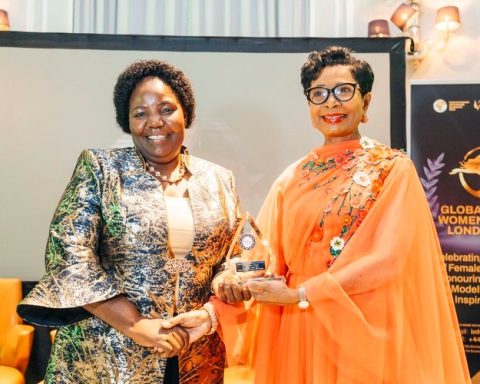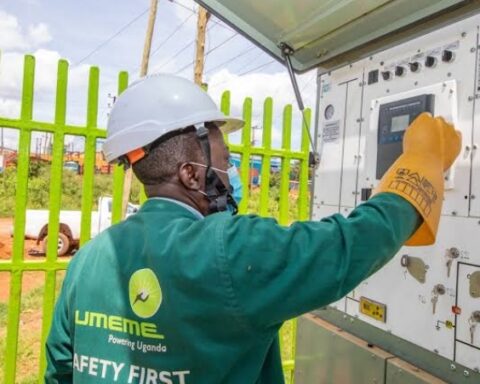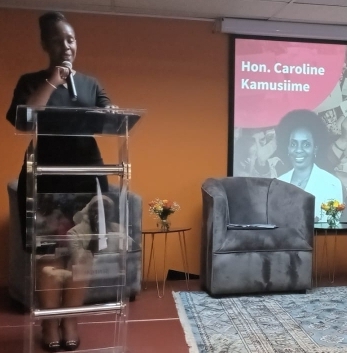KAMPALA — The Electricity Regulatory Authority (ERA) has reaffirmed its commitment to transparency and efficiency as Uganda’s electricity sector undergoes significant reforms.
Speaking at a media engagement held on January 24, 2025, at Golf Course Hotel, Kampala, ERA Chief Executive Officer Eng. Ziria Tibalwa Waako provided updates on critical transitions, tariffs for adjustments, and new reforms aimed at improving service delivery and achieving sustainability in the energy sector.
Eng. Waako highlighted the impending retransfer of the electricity distribution network from Umeme Limited to the Uganda Electricity Distribution Company Limited (UEDCL) at the end of Umeme’s concession in March 2025. She noted that this transition aligns with the government’s decision not to renew expiring electricity distribution concessions, marking a significant milestone in the sector’s evolution.
“To date, similar transitions have been completed successfully, including the handover of networks managed by Ferdsult Engineering Services Limited, Bundibugyo Energy Cooperative Society (BECS), and others to government-owned entities like UEDCL and Uganda Electricity Generation Company Limited (UEGCL). We are committed to ensuring a seamless and professional transition that prioritizes staff interests while maintaining uninterrupted service delivery,” Eng. Waako assured.
She noted that previous transitions retained over 98% of staff, emphasizing the commitment to workforce welfare, professional growth, and institutional knowledge preservation.
Eng. Waaki added that the Ministry of Finance is working closely with the Auditor General’s office to finalize the buyout process for Umeme Limited, ensuring a smooth retransfer of the distribution network. 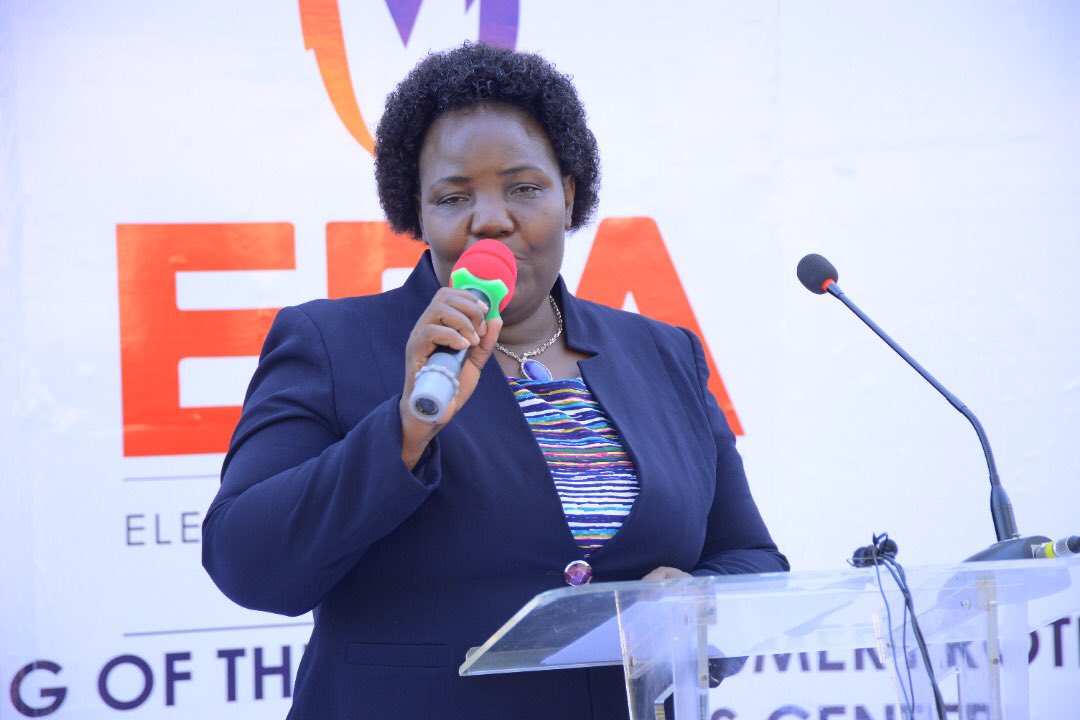 ERA Chief Executive Officer, Eng. Ziria Tibalwa Waako Newly Approved Tariffs for 2025
ERA Chief Executive Officer, Eng. Ziria Tibalwa Waako Newly Approved Tariffs for 2025
The CEO also announced a weighted average reduction of 5.2% in electricity tariffs for the first quarter of 2025 compared to Q4 2024. This decrease, approved during ERA’s 419th meeting in December 2024, is expected to reduce electricity service costs by Ush 155 billion.
Notable tariff changes include:
- Recategorization of Industrial Tariffs: Medium and large industrial consumers have been split into two categories to distinguish manufacturers from service providers, fostering growth in the manufacturing sector.
- Creation of a Public Amenities Tariff: Aimed at reducing costs for facilities such as hospitals and street lighting, this category supports social services while aligning with Environmental, Social, and Governance (ESG) priorities.
- Tariff Rebasing Post-March 2025: Following UEDCL’s takeover, tariffs will be adjusted to reflect the company’s operational framework, including its expanded service territory and customer base.
Media’s Role in Sector Transparency
Acknowledging the vital role of the media, Eng. Waako called for continued collaboration in disseminating accurate and timely information to electricity consumers and the general public. “An objective, free, informed, and skilled media is crucial for socio-economic development,” she noted, adding that such partnerships enhance public discourse and accountability.
Public Engagement and Feedback
The tariff review process involved significant public participation, including a hearing held in December 2024 in Lira City, attended by 893 stakeholders, both physically and virtually. Participants included manufacturers, grain millers, and representatives from the Uganda National Chamber of Commerce.
Eng. Waako reaffirmed ERA’s commitment to transparency, efficiency, and collaboration in building a sustainable and resilient electricity sub-sector for Uganda. She also encouraged stakeholders to embrace the opportunities presented by these developments.
Vianney Mutyaba, the Manager Pricing at ERA, detailed remarkable improvements in Uganda’s electricity sub-sector over the years. He cited significant strides in revenue collection, grid availability, and infrastructure investment as key achievements in the sector’s transformation.
Revenue Collection: From 20% Loss to 99% Efficiency
Mutyaba highlighted a dramatic improvement in revenue collection efficiency within the electricity distribution network.
“In 2005, Uganda faced a dire situation where 20% of revenue was never collected, representing a substantial loss to the sector. However, as of today, we are collecting 99% of all revenue generated within the electricity sub-sector,” he said.
This turnaround, he noted, is a testament to the implementation of robust billing systems, tighter enforcement measures, and efforts to curb electricity theft. The progress has significantly strengthened the financial health of the sector, enabling continued investments in service delivery and infrastructure expansion.
Improved Grid Availability
On-grid reliability, Mutyaba pointed to significant advances over the past two decades. “In 2004, the availability of Uganda’s electricity grid stood at 90%, meaning there were frequent interruptions that hampered service delivery. Today, the grid availability rate has risen to an impressive 98.2%,” he reported.
This improvement reflects sustained efforts in maintaining and modernizing the grid infrastructure, reducing downtime, and ensuring consistent electricity supply to consumers. Mutyaba credited the enhanced grid reliability to collaboration between ERA, utility providers, and government agencies.
Massive Investments in Generation Capacity
Mutyaba also spoke about the enormous financial commitments made to bolster Uganda’s electricity generation capacity. Since the sector’s restructuring, over $4.6 billion has been invested in generation projects, with the bulk sourced from foreign aid. Additionally, the Ugandan government has contributed $2.2 billion to strengthen domestic energy production.
“These investments have been pivotal in expanding Uganda’s generation capacity, supporting socio-economic development, and ensuring a stable energy supply for industrialization and urbanization,” Mutyaba explained.
Regional Competitiveness in Tariffs
Addressing concerns about electricity tariffs, Mutyaba reaffirmed ERA’s commitment to ensuring Uganda remains competitive within the East African region.
“We are doing our best to align Uganda’s tariffs with regional standards. This is critical to attracting investment, supporting industrial growth, and making electricity affordable for both domestic and commercial consumers,” he said.
He emphasized the importance of balancing affordability with the financial sustainability of service providers, ensuring the sector remains viable while meeting the needs of consumers.
Second Generation Reforms: Building a Modernized Energy Sector
ERA’s Director of Legal Services, Mr Harold R. Obiga, outlined the second-generation reforms to modernise Uganda’s electricity sector. He highlighted seven key focus areas:
- Consolidation and Distribution Concession Obiga explained that the reforms prioritize the consolidation of electricity distribution under the Uganda Electricity Distribution Company Limited (UEDCL). This move follows the decision not to renew Umeme’s concession, aiming to improve service delivery and align operations with national priorities.
- Open Market Development The reforms seek to create a more competitive electricity market, allowing private players to participate in various capacities while maintaining strict regulatory oversight.
- Direct Sale of Electricity Under negotiated agreements, the legal framework is being adjusted to enable direct electricity sales by generation companies to high-demand consumers, such as industries.
- Export and Import of Power Uganda is strengthening its capacity to export surplus electricity to neighbouring countries while ensuring sufficient domestic supply. Cross-border energy trading is key to regional integration and economic growth.
- Balance of Public and Private Participation The reforms aim to strike a balance between public and private sector involvement, fostering collaboration to maximize efficiency and innovation while safeguarding public interests.
- Independent Power Transmission Obiga emphasized the importance of creating an independent transmission system operator to ensure neutrality and efficiency in transmitting electricity across the grid.
- Market Design and Development The design of Uganda’s electricity market is being enhanced to encourage investment, promote efficiency, and ensure affordability. This involves introducing mechanisms to address emerging challenges and capitalize on opportunities.

Addressing Vandalism and Power Theft
Mr. Julius Wandera, ERA’s Director of Corporate and Consumer Affairs, called on the public to be vigilant in combating vandalism and electricity theft. “Vandalism and illegal connections not only compromise service delivery but also endanger lives. We urge Ugandans to report suspicious activity, such as individuals climbing electricity poles or making unauthorized connections, to the nearest authorities,” Wandera stated.
Understanding Electricity Billing
Wandera also shed light on electricity billing, clarifying misconceptions and encouraging consumers to better understand their bills.
- Lifeline Tariff: He explained that every domestic consumer’s first purchase of electricity in a month includes 15 lifeline units charged at a subsidized rate of Shs250 per unit. Any additional units are charged at the prevailing quarterly tariff, which for January-March 2025 is Shs 775.7 per unit.
- Billing Breakdown:
- VAT: 18% of every electricity purchase goes toward Value Added Tax.
- Service Fee: A fixed charge of Shs3,360 per month is deducted to cover maintenance costs.
- Units: The remaining balance after VAT and service fee is used to purchase electricity units.
- Multiple Purchases in a Month:
- Consumers only receive the discounted lifeline units once per month, regardless of how many times they purchase electricity.
- The service fee is also charged once per month.
- Additional purchases are subject to the standard tariff rate and VAT.
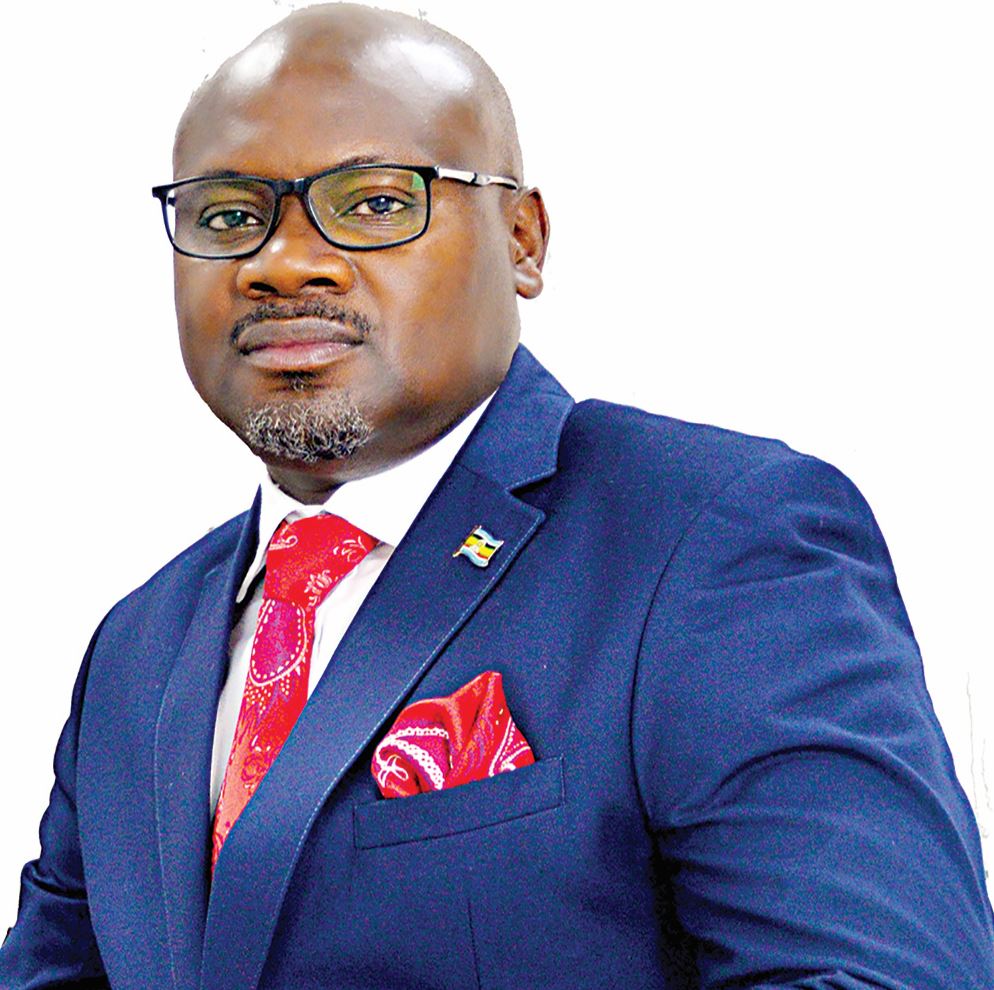
- Accumulated Service Fees:
- If a consumer skips purchasing electricity for several months, the service fee accumulates and is deducted during the next purchase. Lifeline units from skipped months are also carried forward but charged at the subsidized rate.
- Timing of Purchases:
- Consumers can benefit from the lifeline tariff at any point within the month, whether they purchase electricity on the first or last day. There is no added benefit to delaying payments to the start of a new month.
Wandera encouraged consumers to regularly check their bills and understand the breakdown to make informed decisions about electricity usage.
![]()

